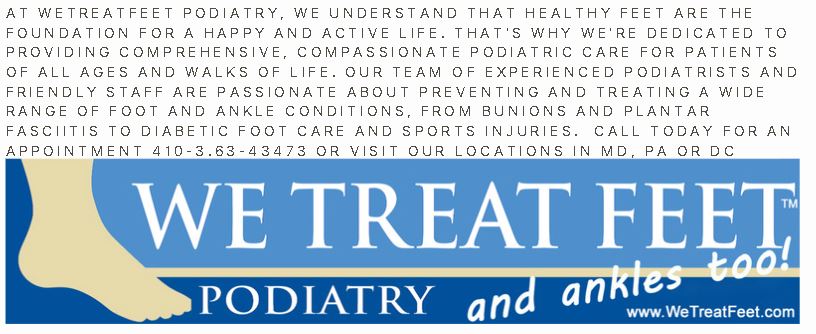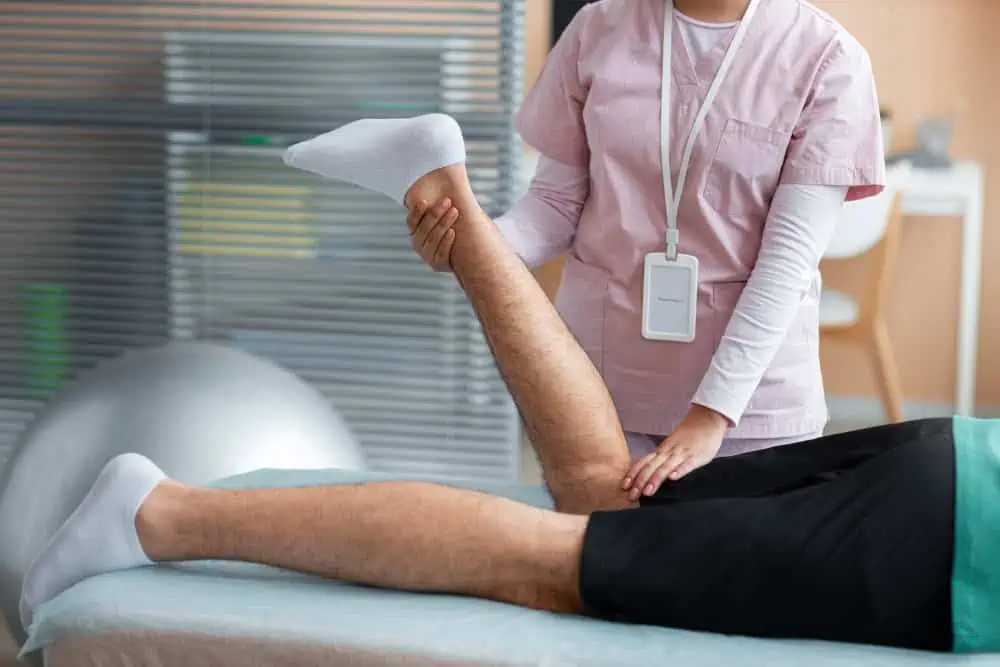In this blog post, we will explore the importance of choosing the right shoes for optimal foot health. We will discuss the various factors to consider when selecting footwear, such as arch support, cushioning, and proper fit. We will also delve into the potential consequences of wearing ill-fitting or unsupportive shoes, including foot pain, injuries, and long-term foot problems. Additionally, we will provide tips and guidelines for choosing shoes that promote foot health, whether for everyday wear, exercise, or specific activities such as running or hiking. By the end of this post, readers will have a clear understanding of how to make informed choices when it comes to their footwear, ultimately improving their foot health and overall well-being.
Introduction
Before we dive into the details, let’s establish the importance of choosing the right shoes for optimal foot health. Our feet are the foundation of our bodies, and wearing shoes that provide adequate support and comfort can prevent a wide range of foot problems. The right shoes can help maintain proper alignment, absorb shock, and prevent strain on our feet, legs, and joints.
Now, let’s explore the main factors to consider when choosing shoes for optimal foot health.
Main Factors to Consider when Choosing Shoes
- Foot Size and Shape
- Arch Type
- Activity Level
- Proper Fit and Comfort
When selecting shoes, it is crucial to consider the size and shape of your feet. Each person’s feet are unique, and finding shoes that accommodate your individual needs can help prevent discomfort and foot problems. Additionally, understanding your arch type is essential. Some people have high arches, while others have flat feet. Choosing shoes that provide appropriate support for your arch type can help maintain proper foot alignment and prevent strain on the arches.
Considering your activity level is also important. Different activities require different types of footwear. For example, if you’re a runner, you’ll need running shoes that provide adequate cushioning and support. If you enjoy hiking, you’ll want shoes that offer stability and traction on various terrains.
Lastly, always prioritize proper fit and comfort. Ill-fitting shoes can cause blisters, calluses, and even deformities over time. Ensure that your shoes have enough space for your toes to wiggle and that they don’t pinch or squeeze any part of your foot.
Common Foot Problems and Shoe Selection
- Bunions
- Hammertoes
- Plantar Fasciitis
- Flat Feet
- High Arches
- Diabetic Feet
Now let’s discuss how different foot problems can influence your shoe selection. If you have bunions, for example, you’ll want to avoid narrow-toed shoes that can exacerbate the condition. Opting for shoes with a wide toe box can alleviate pressure and discomfort. Similarly, individuals with hammertoes should choose shoes that provide ample room for the toes to move freely.
For those suffering from plantar fasciitis, shoes with good arch support and cushioning are crucial. These features help reduce strain on the plantar fascia, a band of tissue that connects the heel bone to the toes and can become inflamed and painful. People with flat feet may benefit from shoes with built-in arch support to help maintain proper foot alignment. On the other hand, individuals with high arches may require shoes with extra cushioning to absorb shock and prevent excessive pressure on the arches.
If you have diabetes, it’s essential to choose shoes that provide excellent support and reduce the risk of injury. Diabetes can lead to reduced sensation in the feet, making it necessary to prioritize shoes that protect against cuts, sores, and ulcers.
Specific Shoe Features to Look for
- Arch Support
- Cushioning and Shock Absorption
- Toe Box Width
- Heel Support and Stability
- Flexible Sole
- Material and Breathability
Now that we’ve discussed different foot problems, let’s dive into specific shoe features that promote optimal foot health. Arch support is crucial for maintaining proper foot alignment and preventing strain on the arches. Look for shoes with built-in arch support or consider using orthotic inserts for added support.
Cushioning and shock absorption are also essential, especially for high-impact activities such as running or jumping. Shoes with adequate cushioning help absorb the shock that can otherwise put stress on your joints and lead to injuries.
The width of the toe box is another crucial consideration. Opt for shoes that provide enough room for your toes to wiggle and spread naturally. Tight-fitting shoes can cause discomfort, corns, and other foot problems.
Heel support and stability are vital to prevent ankle injuries and maintain proper foot alignment. Look for shoes with sturdy heels that hold your feet in place and provide stability during movement.
A flexible sole is important for allowing your feet to move naturally and preventing restriction of movement. Avoid shoes with stiff soles that can hinder proper foot mechanics.
Lastly, consider the material and breathability of the shoes. Opt for breathable materials that allow air circulation and help prevent excessive sweating and foot odor.
Tips for Proper Shoe Maintenance
- Regular Cleaning
- Proper Storage
- Replacing Worn Out Shoes
- Rotating Shoes
Proper shoe maintenance is crucial for prolonging their lifespan and ensuring they continue to provide optimal foot health. Regularly clean your shoes to remove dirt and odor-causing bacteria. Follow the manufacturer’s instructions for cleaning specific shoe types.
When not in use, store your shoes in a cool, dry place to prevent mold and mildew growth. Avoid leaving them in direct sunlight or damp areas.
It’s essential to replace worn-out shoes. Over time, shoes lose their cushioning and support, which can lead to foot pain and discomfort. Inspect your shoes regularly and replace them when you notice signs of wear and tear.
Rotating your shoes can help prevent excessive wear and tear on a single pair. By alternating between different pairs of shoes, you give each pair time to fully dry out and regain their shape, prolonging their lifespan.
Conclusion
Choosing the right shoes for optimal foot health is crucial for preventing foot pain, injuries, and long-term foot problems. By considering factors such as foot size and shape, arch support, activity level, and proper fit, you can make informed decisions when it comes to your footwear. Additionally, understanding how different foot problems influence shoe selection and recognizing specific shoe features to look for can further enhance foot health. Remember to properly care for and maintain your shoes to ensure they continue to provide the necessary support and comfort. By prioritizing foot health and making informed choices, you can improve your overall well-being and enjoy a pain-free, active lifestyle.





